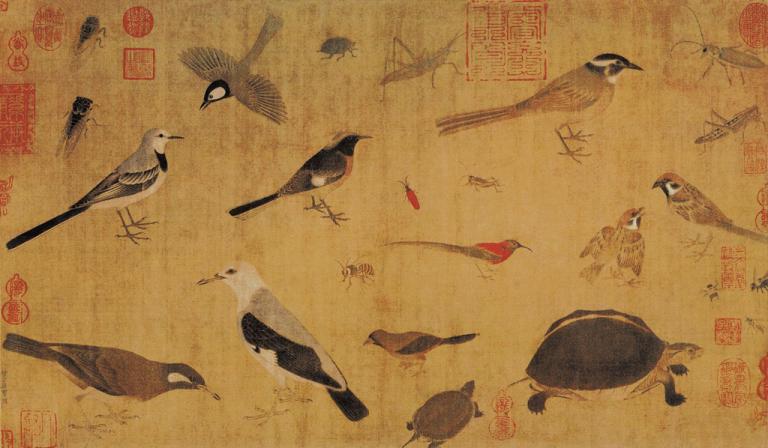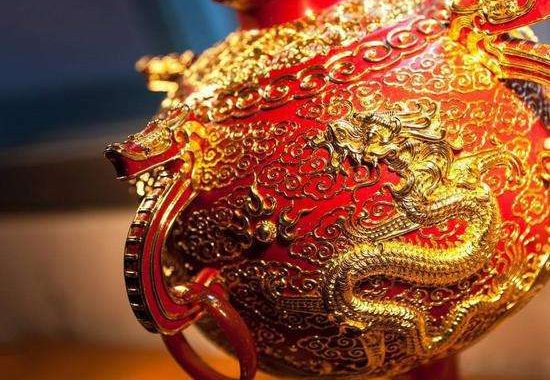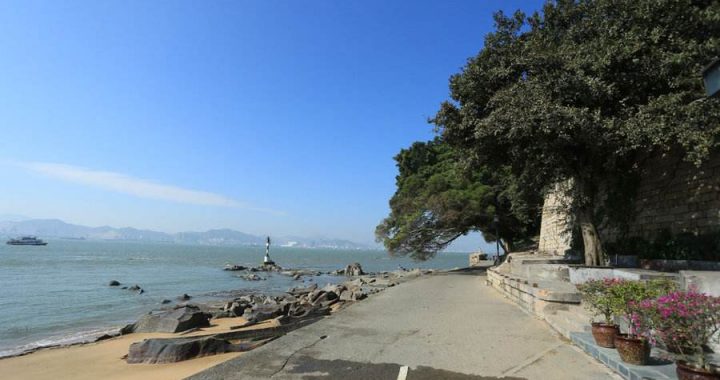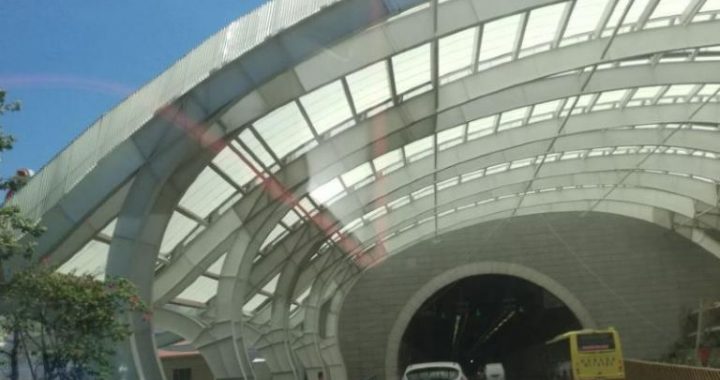A Few Remarks on the Fauna
5 min readWho has not wondered at the bare hills of Amoy,at the first glimpse he obtains on entering the harbor,and,seeing the great boulders of rock rise one another in endless confusion,thought to himself with a shudder,Can animal life be there?But though animal life is there to a small extent,it is to the plains,which are inhabited and cultivated with such care by the natives,that we must look for most that will interest us in our science.
“The wily fox is the first animal which we have to consider,for,low as he stands in the natural series of Mammals,he is here prominent as the largest of the Carnivora we possess.…
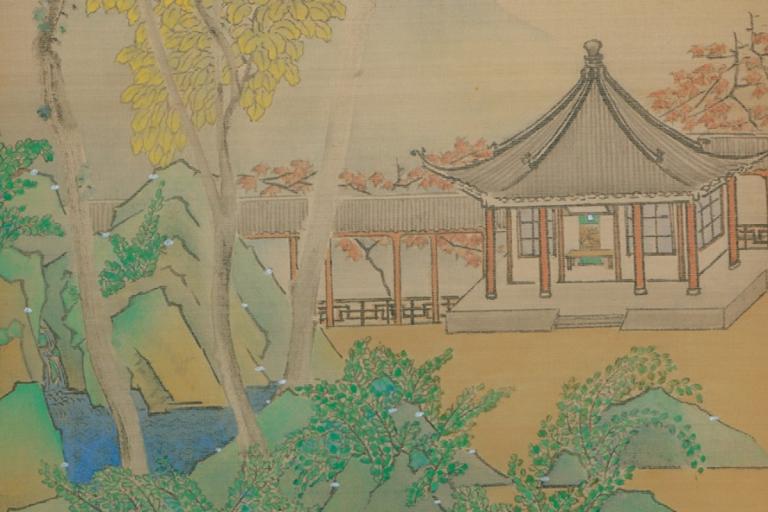
“The greatest devastator among the poultry of the poor is an animal belonging to the weasel family(Mustelideae),and,though generally distributed,is very rarely seen.It measures about a foot and a half in length,has buff-coloured fur,with a black muzzle,and is the Hwang-shoo-lang of the Pun-ts’aou,and the Chiah-ch’oo(tawny rat)of Amoy men…
“Before leaving the Carnaria it would be as well to mention a curious animal that was brought alive to me by a native,and which I kept some months in confinement.It evidently belonged to the civet family(Viverridae),measured in length one foot and a half,having rather long fur of a dingy brown colour,and a black head with a white line down the snout;the tail was tipped with white…
“We have also heard certain stories about the sea-otter that is occasionally seen prowling about on Six Islands,seeking his finny prey at the dead hour of night,and avoiding the light of day…
…The next quadraped…is the scaly ant-eater or pangolin ·…0urs is a sma1l species(probably Manis brachyurus),measuring in toto only two feet and three inches,of the tail takes one foot.Its gait is most peculiar-with the body bent in a bow,and the head and tail downwards,as it runs along on the sides of its fore feet…Large prices are given by the native doctors for this animal,for its flesh and bones are employed for various medicinal purposes;and one of its scales,fastened to the end of a stick,is sold as a safe instrument to be used in scratching without fear of producing ulcers on the skin.……and also the Cetacea,the Phocaenae or porpises of which order are well known to us even in the harbour,where at times they may be seen showing their round white backs in a line,and then disappearing,to be seen again at a further distance….”Amoy’s Fowl Friends?
.The peregrine falcon(Falco peregrinus)is a straggling visitor,but a pair built their eyrie last year on the high hill of Nan-tai-woo(南太武),on the summit of which stands the pagoda….An osprey(Pandion)is sometimes seen even in the harbour,but little is known of him.I have seen him strike a fish close under the bows of a vessel,and bear it away in triumph.…A sparrow owl(Nyctipeles,Swain.),and a small tawnyScops owl(probably Scops rufiscens of Horsfield),are seen occasionally in winter.……
…the blackbird and rock thrush(Petrocincla violacea)are always with us,the former enlivening our gardens by his rich full notes,and the latter enchanting the lonely wanderer among the bleak hills with his wild minstrelsy,as he sings from the summit of a monstrous boulder,or springs lightly into the air,trolling forth his merry roundelay…
“The rock thrush and blackbird are taken by the Chinese for one and the same,and called Ok ee,though one is blue and red,and the other black.The most familiar and perhaps the best known is the magpie robin(Gryllivora),a small bird of the piedplumage of a magpie,with the habits and peculiarities of a robin.Its song,poured out at early morn or sunset from the roof-tops of our houses,is occasionally pretty,but abounding in harsh and jarring notes……
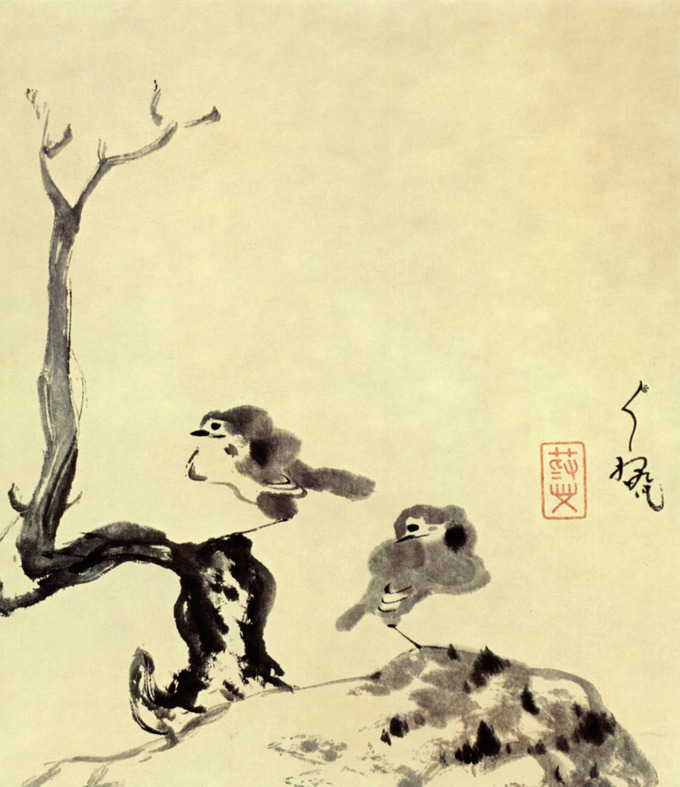
“…The most diminutive of all stands next,the little tailor-bird(Orthotonus),remarkable for its long pointed bill,which serves as a needle in sewing leaves together round its nest;the underside of a long leaf of the Alpinia nutans is often chosen,the edges of which are drawn together by thread made of spider’s web and fibres.The prettiest construction of the kind I have seen was a nest flanked in by three orange leaves,and placed in the extremity of the boughs of an orange-tree.
“Flocks of the beautiful white egret,or paddy bird,as they are familiarly known to us(Herodias Garzetta),often attract our attention as they wing their way slowly through the obscure blue of a summer twilight, from the fields where they have been feeding, to their selected nest-trees, on which they settle like masses of snow among the dark green leaves. The yellow-headed egret, while with us in summer, iscommoner, and roams about in larger flocks than the latter.A third and solitary species, Herodias flavirostris, is also found, and may be distinguished by its yellow bill, and the tuft of snowy feathers which surmounts the occiput. We have, besides, five or six other species of heron, nearly all remarkable for their elegance and beauty.
“The egret is much admired by the sentimental Chinese, and is often alluded to in poetical compositions by the style Loo-sze; and the Island of Amoy is often poetically called Loo-mun, Loo-keang, and Loo-taon, from the number of these snow-like birds that annually frequent it. Of the ninety-two species of Insessores found here, nine are British birds. Seven species of the Grallatores, and nearly all the Natatores, with the exception of the pelicans, albatrosses, and a few gulls and terns, are identical with those found in Great Britain…
“… It is unnecessary to dilate on the beauties and delights of the study ofNature: the heart of every man naturally throbs in the contemplation of the Creator’s handiwork, and thrills with joy at the discovery of some new manoeuvre in the wondrous economy which so beautifully modulates and arranges all animal and vegetable life upon the globe.
“Solomon said,”There is nothing new under the sun;”so, probably, there is not; but a great deal of what passes around man is new to him, and astonishes him when brought to his notice, simply because he has not made use of those powers of observation that he has been endowed with. In conclusion,I cannot do better than quote the words that Milton puts in the mouth of the Divine Author of Nature in his address to our first parent:–“Is not the earth With various living creatures, and the air, Replenish’d; and all these at thy command, To come and play before thee?”
